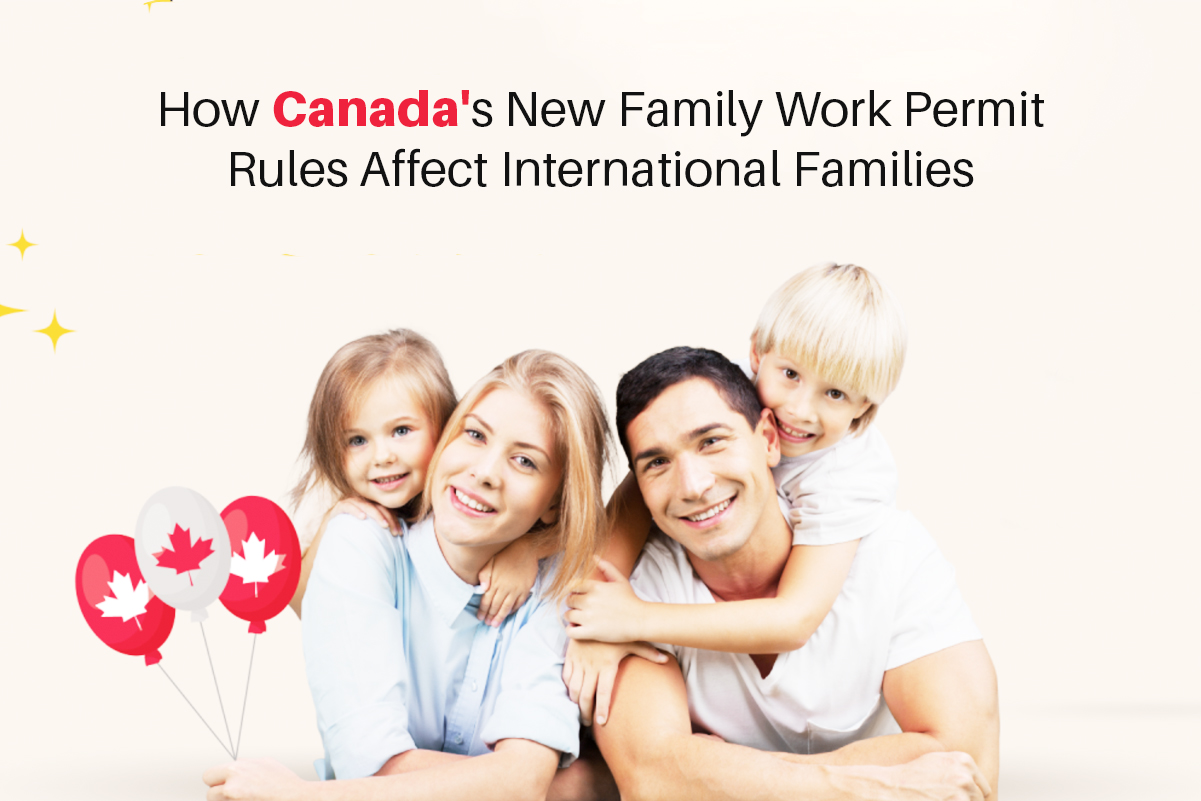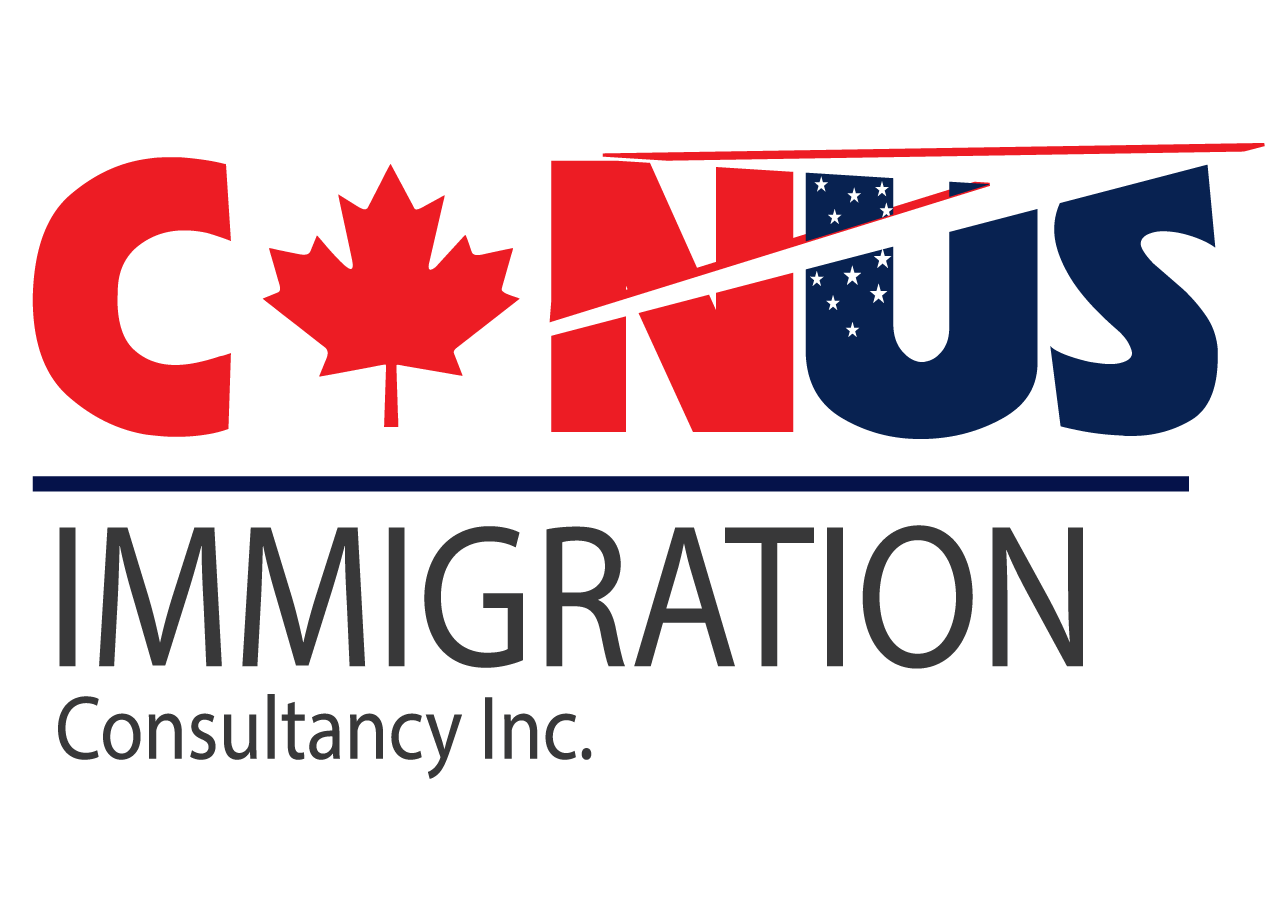How Canada's New Family Work Permit Rules Affect International Families

Canada welcomes many international families with its friendly immigration policies. But new rules for family work permits will change things for foreign workers and students. These rules start on January 21, 2025, and mark a big shift in how Canada treats temporary residents.
The changes build on rules from September 2024. They mainly affect who can get family open work permits (OWPs). Many international families will feel the impact, especially those from countries with lots of students in Canada.
What Makes Open Work Permits So Valuable for International Families?
Open work permits help spouses and dependents of students and workers find jobs in Canada. Unlike other permits, an open work permit lets you work anywhere in Canada for different employers. This freedom makes them very popular with newcomers.
Most international families need both partners to work to pay their bills in Canada. The spouse open work permit program has helped many families choose Canada over other countries.
Before these changes, almost all spouses of international students could get open work permits. Many spouses of foreign workers could too, no matter what job they had.
New Eligibility Requirements Under the 2025 Regulations
The Canadian government has set much tighter rules for family work permits starting January 2025. These changes aim to better manage immigration levels and focus on specific economic needs. Families planning to move to Canada must now meet stricter criteria to qualify for spouse open work permits.
Understanding these new requirements is essential before making any plans. The changes create a clear divide between different types of permits and will directly impact thousands of international families hoping to work in Canada.
For Families of International Students:
- Spouses can only get open work permits if the student is in a master’s program that lasts at least 16 months
- Spouses of doctoral students can still get permits
- Spouses of students in certain professional programs (listed by the government) can still apply
- Students in shorter programs or undergraduate studies can’t bring working spouses anymore
For Families of Foreign Workers:
- Only spouses of workers in TEER 0 jobs qualify
- The worker must have at least 16 months left on their permit when their spouse applies
- Children of foreign workers can’t get family OWPs
- Current permits stay valid until they expire
These new rules will affect many families who count on both partners working in Canada. Families now need to rethink their money plans and where they’ll live. Some might need to look at other options like job-specific work permits or provincial programs that could help them stay and work in Canada.
Finding the best immigration consultant near me is now key for families who need to understand these new rules and find the right path forward for their situation.
Will There Be Exceptions to These New Rules?
Some groups can still get family work permits despite the tighter rules. Partners of workers covered by free trade agreements can still apply for spouse open work permits. Also, spouses being sponsored for permanent residence by Canadians can still apply if they have legal status in Canada.
For families hit by the new rules, looking into permanent residence may be wise. This is where the best immigration consultant near me can help find other options for your specific case.
Learning about provincial nomination programs and employer-sponsored pathways might help families facing barriers under the new open work permit rules.
Canada’s Broader Immigration Strategy for 2025-2027
These work permit changes are part of a bigger shift in Canada’s immigration system. Canada plans to admit 395,000 new permanent residents in 2025—down from previous goals of 500,000. This number will drop to 380,000 in 2026 and 365,000 in 2027.
Canada still wants economic immigrants, especially in sectors with worker shortages like healthcare and skilled trades. In 2025, Canada aims to welcome 232,150 economic immigrants to fill these jobs.
The government is also cutting study permits for international students. They plan 437,000 permits in 2025, down from over 509,000 in 2023. These changes help balance immigration growth with what Canada can handle.
What Do These Changes Mean for Canada’s Future?
These new policies show Canada is trying to balance growth with sustainability. Canada still wants immigrants, but now focuses on quality rather than numbers. The country aims to bring in people who can fill specific job needs.
For towns and cities across Canada, these changes may reduce pressure on housing and services. Many cities have had trouble keeping up with fast growth in recent years. This has led to higher costs and problems with roads, schools, and hospitals for everyone.
Canada now wants more high-skilled workers and students with advanced degrees. This shows Canada wants to attract talent, not just large numbers of people. This plan may help Canada compete with other countries for the best workers.
Planning Ahead: What These Changes Mean for Families
The 2025 changes to Canada’s family work permit rules mark a big shift. While these rules create challenges for many families, knowing the specific requirements and exceptions can help you plan better.
If you’re already in Canada or planning to come soon, talk to immigration experts about how these changes affect you. The new rules show why long-term planning is important when moving to Canada.
Despite these changes, Canada still values immigration for its economic and social growth. The new approach is more targeted but doesn’t mean Canada is closing its doors to international families.
